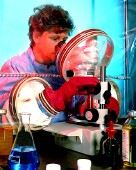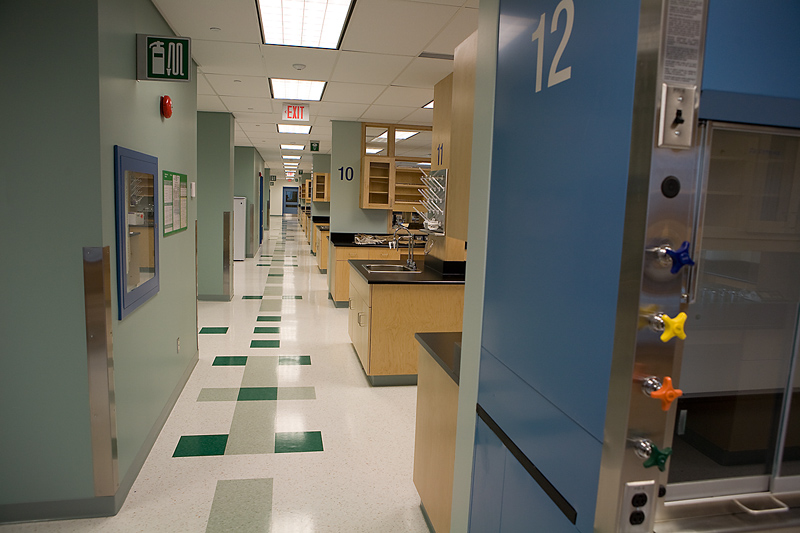
WEDNESDAY, Jan. 27 (HealthDay News) — Scientists at Stanford University have succeeded in creating brain nerve cells directly out of skin cells taken from the tails of adult mice.
The new approach could revolutionize human stem cell therapy and science’s understanding of how cells choose and maintain their specialized roles in the body, the researchers said.
The findings also seem to radically upturn established thinking about how cells become cells, and potentially avoid the controversial approach of using embryonic stem cells for cellular therapy. And the research could conceivably open new doors in the future to treating diseases such as Alzheimer’s and Parkinson’s, the researchers said.
The researchers had not actually expected to succeed in the endeavor.
“We were blown away,” said Dr. Marius Wernig, senior author of a paper appearing online Jan. 27 in Nature and a member of Stanford’s Institute for Stem Cell Biology and Regenerative Medicine.
“We wanted to ask the question, ‘Do we have to go back in development to be able to go forward or can there be a direct way,’ ” he said, adding, “This is the first direct conversion that is totally artificial. It doesn’t occur in nature.”
Paul Sanberg, a stem cell expert and distinguished professor of neurosurgery and director of the University of South Florida Center for Aging and Brain Repair in Tampa, said, “It [the new study] really changes the idea of how one cell can change to another cell and it may change the concept of how an organism develops.”
But experts were cautious in their interpretation of the findings, especially as to what they might mean for the thorny yet expanding area of stem cell research.
“From a basic point of view it’s exciting because it shows that you can go straight from one differentiated cell and transform it to a different differentiated cell. It doesn’t have to go back to being pluripotent,” Sanberg said. “But it’s still early. It will be a while until cells are made that can be used therapeutically.”
Dr. Darwin Prockop, professor of molecular and cellular medicine at the Texas A&M Health Science Center College of Medicine, agreed.
“It’s fascinating research that they can start with fibroblasts and turn them into neural cells, but it’s still a long way until you could do that with patients,” he said. “It’s a step forward in basic research, but there’s a long way to go to treat Alzheimer’s.”
For years it was firmly accepted in scientific circles that only so-called “pluripotent” embryonic stem cells could give rise to the specialized cells that produce different organs and parts of a body. Once a cell was specialized — say it had become a skin cell — it couldn’t be dramatically changed. Or so the thinking went.
Recently, scientists managed to “reverse” the process by taking skin cells, for example, and reverting them to induced pluripotent cells (or iPS cells) that behaved just like embryonic stem cells. Those newly created stem cells could then be taken down a different direction to become different specialized cells.
But this path still required the initial pluripotent phase.
In the new experiment, Wernig and his colleagues were able to transform skin cells into neural (brain) cells using just three genes — called transcription factors. In fact, just one transcription factor was needed to generate immature neural cells; the two others pushed them to mature cells.
The success rate was high, with almost 20 percent of the skin cells becoming neural cells in less than a week. By comparison, iPS cells have a success rate of only 1 percent to 2 percent and can take weeks to complete the metamorphosis.
At least in a lab dish, the Stanford cells also acted like neurons, making connections with neighboring neurons in the dish.
Whether or not those cells would retain those properties in an actual organism is a whole other matter, Sanberg said.
More information
The U.S. National Institutes of Health has more on stem cells.

